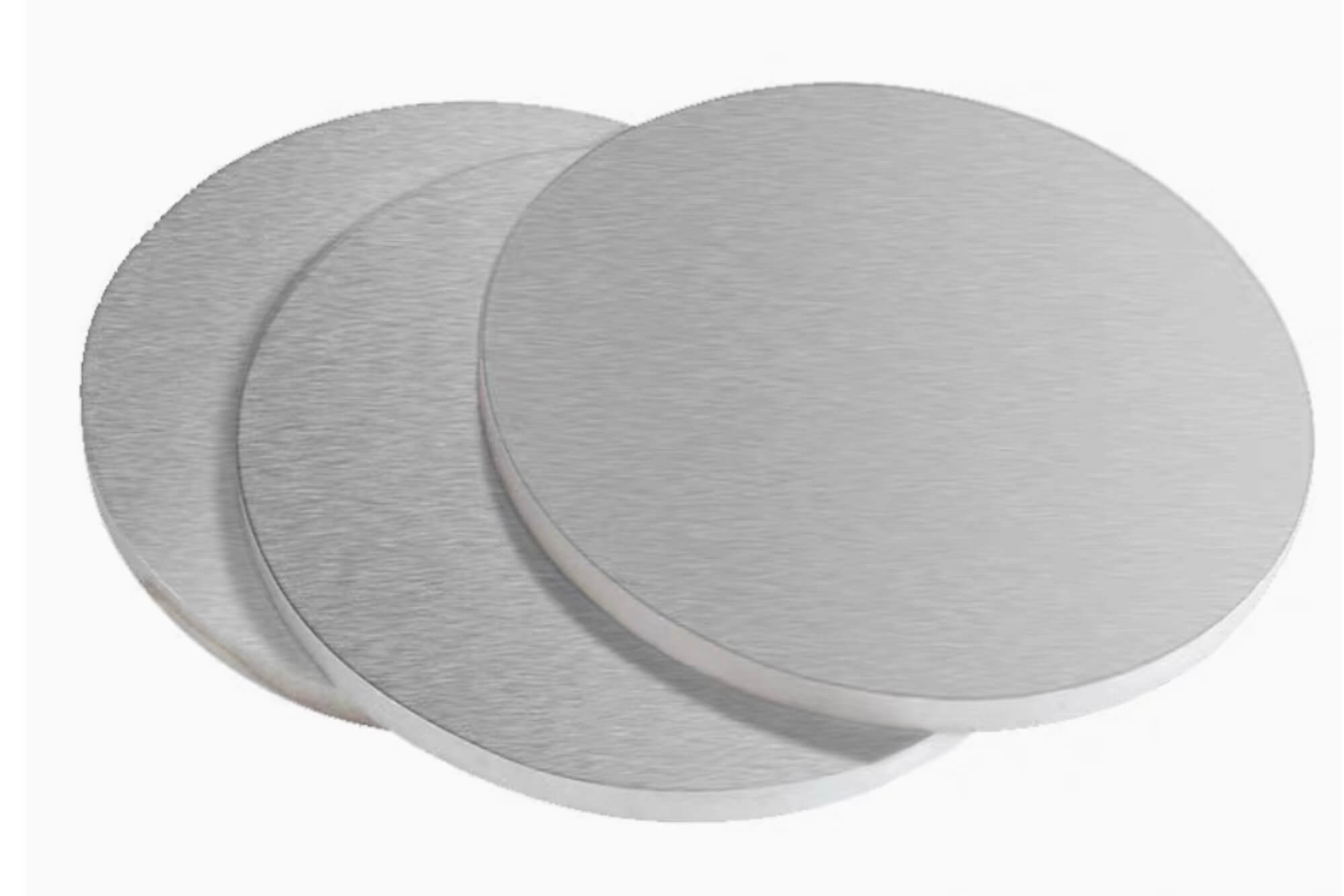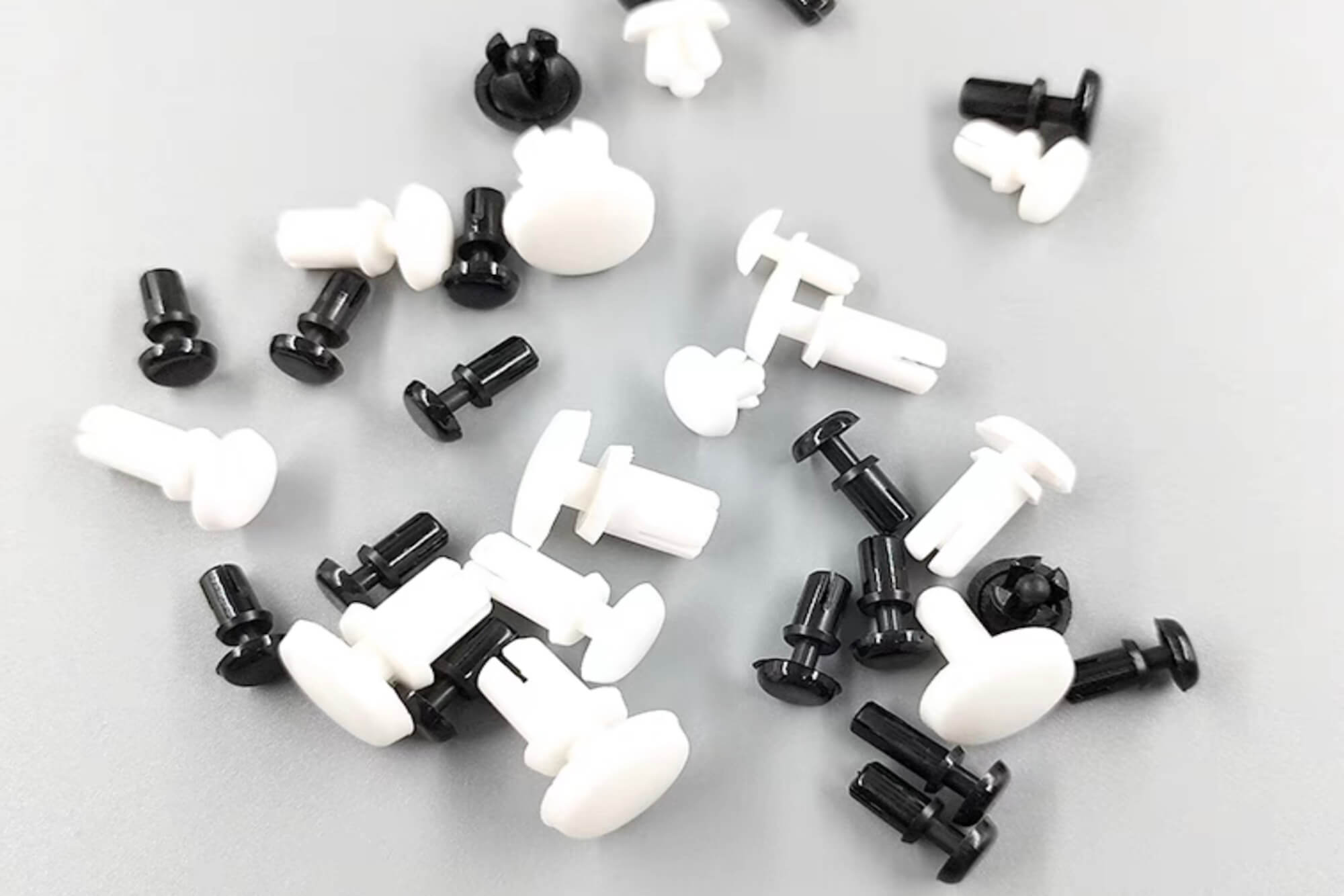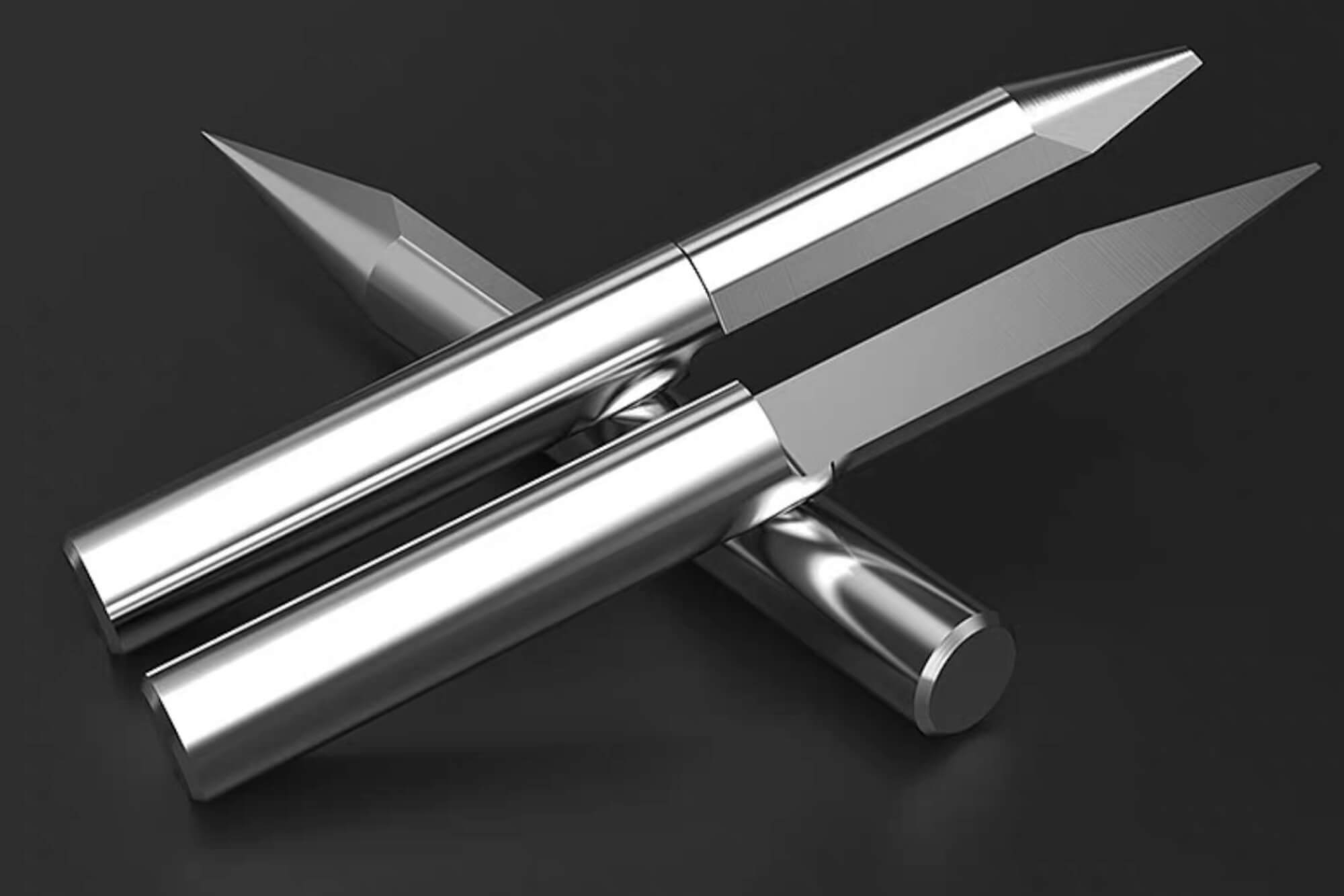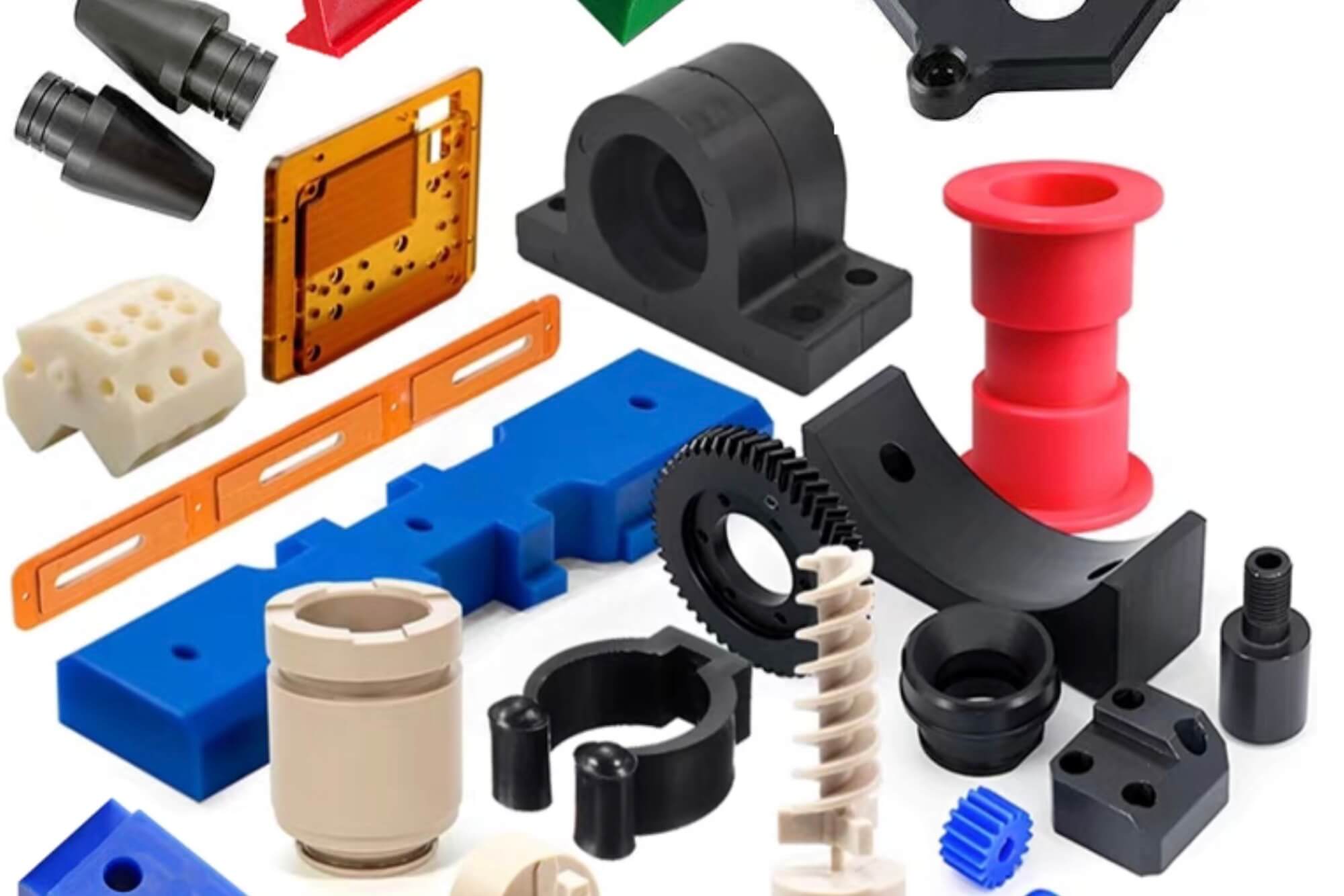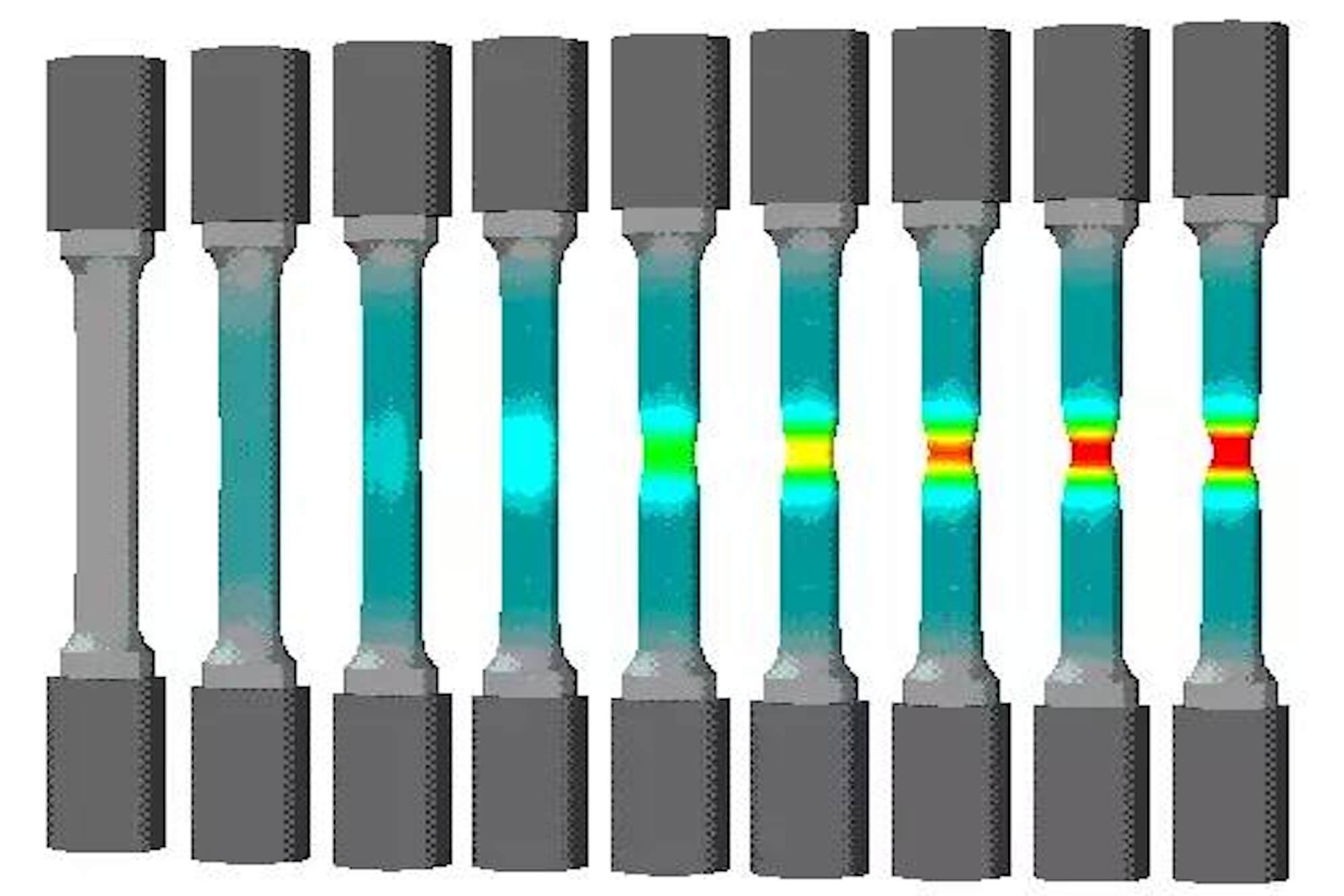Introduction
As a mechanical engineer specializing in CNC machining, I’ve often faced challenges related to adapting metalworking processes to different international standards. Navigating the complex web of global standards can be daunting, but it’s essential for ensuring product quality, compliance, and customer satisfaction, especially when catering to diverse international markets.
This guide is designed to demystify the subject, offering insights into the most prominent international metal processing standards and their impact on CNC machining. By the end, you’ll understand how to optimize CNC workflows to align with these standards, ensuring precision, efficiency, and compliance.
1. Overview of International Metal Processing Standards
1.1 Common Standards Systems
Metal processing standards vary globally, but a few major systems dominate the landscape:
| Standard | Origin | Scope | Application |
|---|---|---|---|
| ISO | Global | General engineering, quality management | Widely accepted in Europe, Asia, etc. |
| ASME | USA | Pressure vessels, mechanical systems | Piping, oil & gas industries |
| DIN | Germany | Engineering, automotive | Common in EU |
| JIS | Japan | Industrial goods, electronics | Electronics, manufacturing |
| GB | China | National product quality | Domestic Chinese markets |
Each standard has specific requirements for tolerances, material properties, and surface finishes, often tailored to their respective industries.
1.2 Key Requirements of Standards
Standards dictate fundamental parameters such as:
- Material Composition: E.g., ASME emphasizes corrosion resistance for pipelines.
- Tolerances: Precision levels for components vary, with ISO offering general (ISO 2768) and fine-grade tolerances.
- Surface Finish: Standards like DIN often specify roughness grades for parts exposed to friction.
1.3 Compatibility and Challenges
While standards like ISO offer global interoperability, discrepancies between, say, ASME and DIN, often require adjustments in machining processes. These challenges include:
- Modifying tolerances to meet stricter standards.
- Adjusting surface finishes for aesthetic or functional compliance.
2. Classification of Metals and Their CNC Compatibility
2.1 Popular Metals in CNC Machining
| Material | CNC Machining Compatibility | Common Applications |
|---|---|---|
| Aluminum | Excellent | Aerospace, automotive, consumer electronics |
| Steel | Good | Construction, automotive, heavy machinery |
| Stainless Steel | Moderate to Difficult | Medical devices, kitchenware, industrial parts |
| Copper | Moderate | Electrical components, plumbing |
| Titanium | Challenging | Aerospace, medical implants |
2.2 Material Standards and Implications
Standards often define material properties such as:
- Tensile strength
- Yield strength
- Hardness
For instance, DIN EN 10088 specifies stainless steel grades based on mechanical and chemical properties, influencing tooling and feed rates in CNC machining.
2.3 Tips for Machining Difficult Materials
Processing challenging materials like titanium requires:
- Using carbide-tipped tools.
- Applying coolant to prevent heat build-up.
- Opting for slower feed rates to ensure precision.
3. CNC Tolerances and Surface Finishes
3.1 International Tolerance Standards
Tolerances define the permissible variation in a part’s dimensions. The most common systems include:
| Standard | Tolerance Class | Application |
|---|---|---|
| ISO 2768 | General, Fine | Mechanical parts, assemblies |
| ASME Y14.5 | Geometric Tolerances | Aerospace, automotive |
For example, ISO 2768-m (medium) tolerances allow for ±0.1mm variation, suitable for general industrial parts.
3.2 Surface Finish Specifications
Surface roughness is critical in ensuring functionality and aesthetics. Common standards include:
- Ra (Roughness Average): Measured in micrometers, it determines how smooth a surface feels.
- DIN 4768: Commonly used in Europe for surface finish grading.
| Finish Grade | Ra (µm) | Applications |
|---|---|---|
| Fine Polished | <0.8 | Medical implants |
| Semi-Polished | 1.6 – 3.2 | Consumer electronics |
| Rough Machined | >6.3 | Construction machinery parts |
4. CNC Machines and Standards Compatibility
4.1 Hardware Requirements
Standards often dictate machine precision levels. For example:
- ISO-certified components often demand sub-millimeter accuracy (±0.05mm).
- ASME standards for pressure vessels may require tighter tolerances.
4.2 CAM Software Adaptability
Modern CAM (Computer-Aided Manufacturing) tools, like Fusion 360 or Mastercam, support exporting files in formats compatible with multiple standards. These tools enable:
- Precise programming of tool paths.
- Adjustment of parameters for specific material grades.
4.3 Recommended CNC Machines
| Brand | Precision Level | Best For |
|---|---|---|
| Haas | ±0.02mm | Small to medium industrial parts |
| DMG Mori | ±0.01mm | High-precision aerospace components |
| Mazak | ±0.03mm | Heavy-duty machinery |
5. Quality Control and Inspection
5.1 Standardized Testing Tools
Ensuring compliance involves using calibrated tools:
- CMM (Coordinate Measuring Machine): For dimensional accuracy.
- Surface Roughness Testers: For verifying Ra values.
5.2 Case Study: Cross-Border Compliance
A project exporting medical implants to Germany required adherence to both ISO and DIN standards. Adjustments included:
- Tweaking CNC tool paths to achieve finer surface finishes.
- Adding post-processing steps like electropolishing.
6. Practical Case Studies
6.1 Exporting Automotive Components
An Indian manufacturer exporting car engine parts to the U.S. aligned processes with ASME standards by:
- Using high-precision CNC machines.
- Conducting rigorous QA checks with ASME-approved methods.
6.2 Aerospace Industry
A UK-based firm used CNC machining to produce turbine blades compliant with ISO standards, overcoming challenges in machining titanium through optimized cooling and high-speed tools.
7. Emerging Trends
7.1 Automation in CNC Compliance
IoT-enabled machines monitor compliance in real time, reducing human error and ensuring standards are met consistently.
7.2 Standard Harmonization
Global efforts are underway to align standards like ISO and ASME, simplifying compliance for manufacturers serving multiple markets.
Other Articles You Might Enjoy
- Elevating Precision Standards through Chamfer in CNC Machining
1. Introduction: The Pursuit of Unparalleled Precision In the realm of CNC machining, precision is paramount. This section introduces the article by exploring the significance of precision in manufacturing and…
- Using CNC Machining to Fabricate Lightweight Metal and Remove Chrome From Metal( cnc machining services china Dana)
CNC (Computer Numerically Controlled) machining is an essential process in the manufacturing domain. With its precision, adaptability, and extensive applications, many industries rely on it for fabricating highly complex parts…
- From Vision to Reality: CNC Machining for Custom Furniture Design
Introduction to CNC Machining in Custom Furniture Design The advent of computer numerical control (CNC) machining has revolutionized the field of custom furniture design, allowing precise and intricate patterns to…
- Comprehensive Guide to CNC Machining Brass Screws
Brass screws are widely used in various industrial and commercial applications due to their superior mechanical properties and attractive appearance. This article will delve into the characteristics of brass, the…
- CNC Machining and Sheet Metal Processing in the Automotive Industry: Driving Innovation and Precision
Since its beginnings in the 1860s, the automotive industry has built itself on continuous innovation and technology advancements. One of the most significant drivers of these innovations is the progress…
- Duplex Stainless Steel vs. Super Duplex in CNC Machining: Features and Applications?
Introduction to CNC Machining and Duplex Stainless Steels In the domain of manufacturing, Computer Numerical Control (CNC) machining plays a pivotal role due to its precision, efficiency, and versatility. Essentially,…


